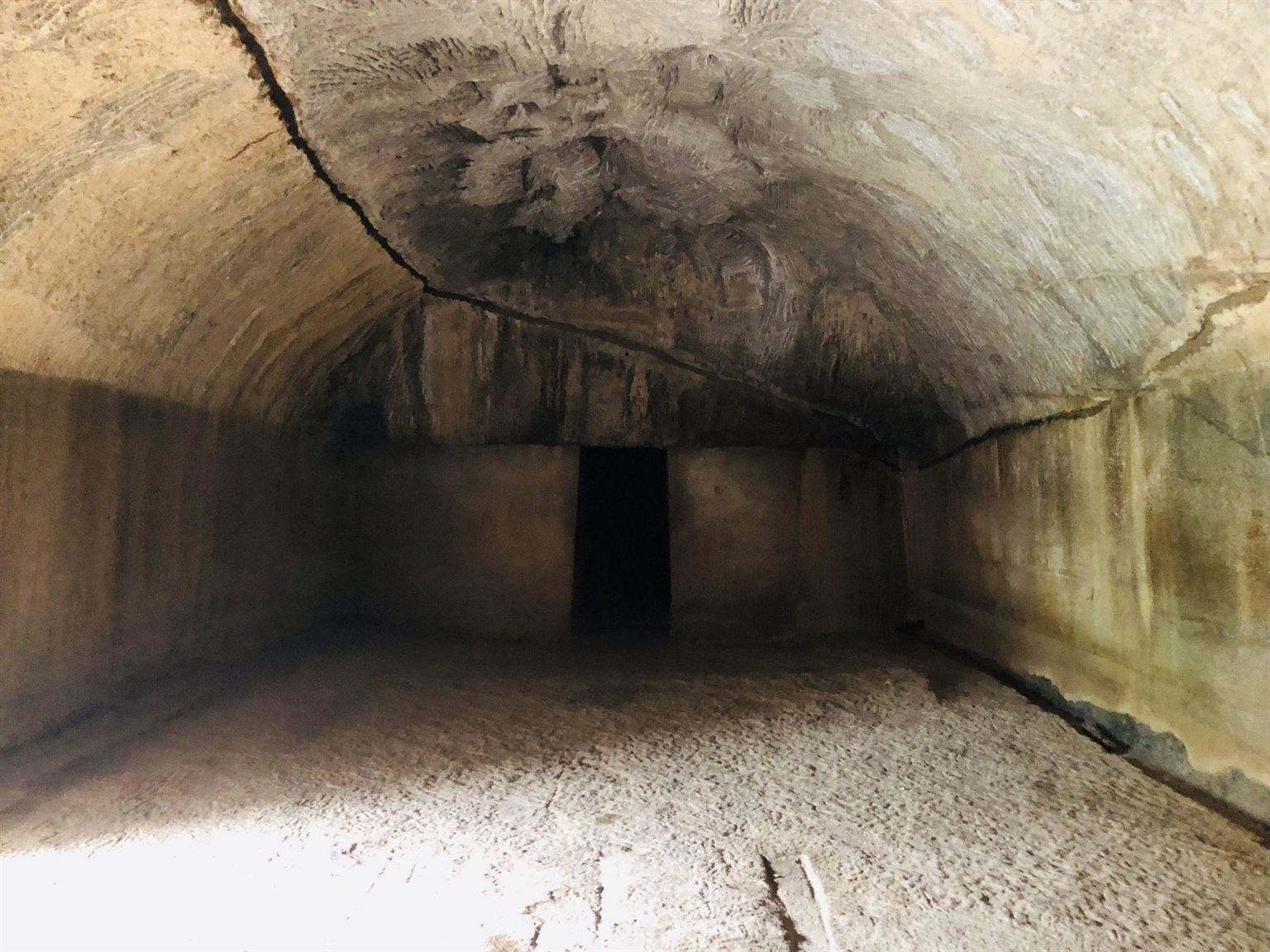A few years ago I attended a lecture by Prof Irfan Habib on Indian architecture. He started with the Barabar hill caves , in particular the one calked Lomas Rishi, which are the oldest surviving rock cut caves in India. I had been wanting to visit it since that day.

They date back to the Mauryan Empire (322–185 BCE), as found in the inscriptions
They are located in the Makhdumpur region of Jehanabad district in Bihar, some 24 km from Gaya and an hour and half hour drive from Bodh Gaya.

The Lomas Rishi Cave is the oldest known example of rock cut caves and architecture. It’s doorway is special.
On the doorway, a beautifully carved row of elephants proceed towards stupa emblems, along the curved architrave or door frame.

This is the earliest survival of the ogee or horseshoe shaped arch also known as gavaksha chandrashala arch that were copied from wooden doorways and an important part of Indian rock cut architecture.

The side wall of the cave.

The cave leads to a meditation cave where one can see the markings of the carvers on the rock.

The inner cave was never completed due to structural rock slide problems.

Lomas Rishi has two rooms: a rectangular room measuring 9.86×5.18m, and a circular, semi-hemispherical room 5m in diameter.
This is the doorway leading to the inner cave.


A iron grill protects the cave from vandalism and is opened on request.

Inscription of Anantavarman above the entrance dated 5 CE.

The crocodile shaped rock in which the Sudama and Lomas Rishi caves are cut.